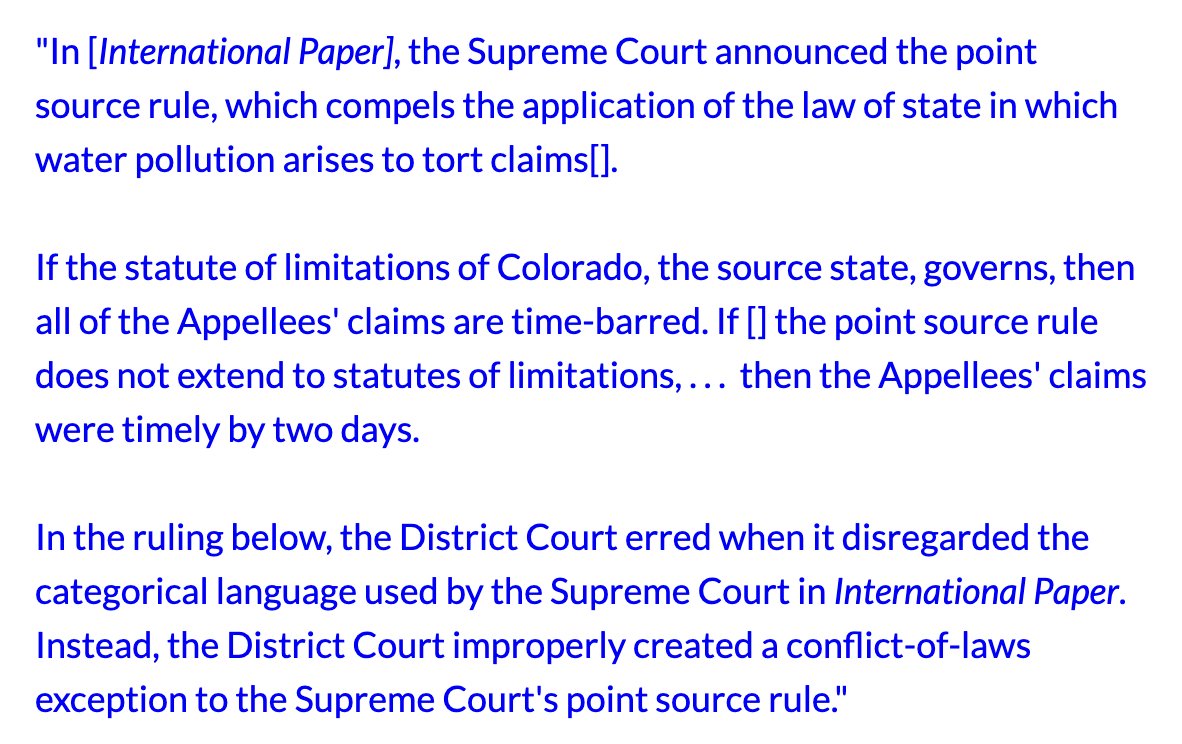
We had #ChatGPT write a legal brief.
But instead of giving it a simple open-ended prompt, we taught it how to use some of the techniques used by the best legal writers in the world.
Check out what it came up with—if only more legal writers wrote this well. 1/x
But instead of giving it a simple open-ended prompt, we taught it how to use some of the techniques used by the best legal writers in the world.
Check out what it came up with—if only more legal writers wrote this well. 1/x

To celebrate the upcoming launch of Write.law's new AI legal writing practice, we had our team work with GPT to write a motion from start to finish.
All we used was a simple list of factual details, some legal research notes, and our teams' prompts.
2/x
All we used was a simple list of factual details, some legal research notes, and our teams' prompts.
2/x
If you'd prefer an interactive version of the whole motion (complete with breakdowns of how we got GPT to craft each part of the motion) check it out here: write.law/writing-walkth…
Ok, let's break it down!
3/x
Ok, let's break it down!
3/x
Use a deep introduction to do the work for readers.
☑️ GPT's intro paragraph orients you to the background of the case. Then it breaks down the key issues using specifics.
☑️ Judges love introductions that give them a cheat sheet of what matters like this.
☑️ GPT's intro paragraph orients you to the background of the case. Then it breaks down the key issues using specifics.
☑️ Judges love introductions that give them a cheat sheet of what matters like this.

Summarize the story with a quick movie trailer.
☑️ Consider beginning your fact sections with a quick movie trailer that gives readers the big-picture storyline at the outset—as GPT did.
☑️ This helps readers see the forest before the trees.
☑️ Consider beginning your fact sections with a quick movie trailer that gives readers the big-picture storyline at the outset—as GPT did.
☑️ This helps readers see the forest before the trees.

Craft factual headings that categorize each major group of details while also highlighting specifics.
☑️ Fact headings are a powerful way to highlight specific details from a section—as well as organize the factual details into a few manageable categories for readers.
☑️ Fact headings are a powerful way to highlight specific details from a section—as well as organize the factual details into a few manageable categories for readers.

Capture what matters from your fact paragraphs in the first sentence.
☑️ Distill the main takeaway from each paragraph at the outset. That way busy readers always know what matters, no matter how quickly they skim your document.
GPT agrees.
☑️ Distill the main takeaway from each paragraph at the outset. That way busy readers always know what matters, no matter how quickly they skim your document.
GPT agrees.

Surgically quote only what will help your readers.
☑️ If you find a good quote, use the smallest snippet that will serve your reader. Otherwise, let your better writing shine through.
☑️ If you find a good quote, use the smallest snippet that will serve your reader. Otherwise, let your better writing shine through.

Keep procedural standards short, to the point, and in plain language.
☑️ Most of your legal readers probably know the basic procedural standards (especially if it's a judge). So don't waste time with pages of legalese. Keep these sections short and easy to read.
☑️ Most of your legal readers probably know the basic procedural standards (especially if it's a judge). So don't waste time with pages of legalese. Keep these sections short and easy to read.

Roadmap your points.
☑️ Readers love roadmaps. Number off your reasons or your sections or your categories, and it's almost impossible to get lost (so long as you stick to the map).
☑️ Readers love roadmaps. Number off your reasons or your sections or your categories, and it's almost impossible to get lost (so long as you stick to the map).

Stay tuned for the launch of the first AI-powered legal writing training, available only on Write.law!
#ChatGPT #appellatetwitter #legalwriting
#ChatGPT #appellatetwitter #legalwriting
I'll also give a shout-out to @BriefCatch and @legalwritingpro because a lot of the tuning we had to do were things I know for a fact BriefCatch would fix with a click. GPT + BriefCatch may constitute an entire top-notch lawyer!
• • •
Missing some Tweet in this thread? You can try to
force a refresh

















